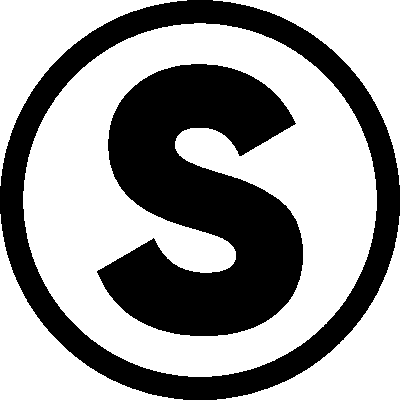Understanding the Design Process: What to Expect
When embarking on a design project, understanding the design process is essential for ensuring a smooth and successful collaboration between you and your designer. This blog will break down the typical design process into stages, outline the expected timelines, and provide tips on how clients can effectively collaborate with designers.
The Typical Design Process
Discovery and Research
Objective: This initial stage is about understanding your needs, goals, and target audience. The designer gathers information to inform their design choices.
Activities: Designers will conduct meetings or interviews to discuss your vision, brand identity, and specific project requirements. They may also research industry trends and competitors.
Timeline: This phase usually takes 1 to 2 weeks, depending on the complexity of the project.
Concept Development
Objective: Based on the research, the designer develops initial design concepts that align with your goals and preferences.
Activities: This stage may involve sketching ideas, creating mood boards, or developing wireframes. The designer will present these concepts to you for feedback.
Timeline: Expect this phase to take 1 to 3 weeks, depending on the project's scope.
Design Refinement
Objective: After gathering feedback on the initial concepts, the designer will refine the selected ideas into more polished designs.
Activities: This may involve multiple iterations where the designer makes adjustments based on your feedback, focusing on elements like color, typography, and layout.
Timeline: This stage typically takes 2 to 4 weeks, depending on the number of revisions needed.
Finalization
Objective: The goal is to finalize the design and prepare it for delivery.
Activities: The designer will finalize all design elements, create any necessary assets (such as files for print or web), and ensure everything meets your specifications.
Timeline: This stage usually takes 1 to 2 weeks.
Implementation and Delivery
Objective: Deliver the final design to you in the required formats and ensure it’s ready for use.
Activities: The designer will provide all necessary files, including editable formats, and may assist with the implementation of the design (such as working with developers for web projects).
Timeline: This phase typically takes 1 week.
Effective Collaboration Tips for Clients
To ensure a successful design process, effective collaboration between you and your designer is essential. Here are some tips:
Be Clear About Your Goals: At the beginning of the project, articulate your objectives and expectations clearly. Share any specific ideas, preferences, or requirements you have in mind.
Provide Constructive Feedback: When reviewing design concepts, offer specific and constructive feedback. Instead of saying “I don’t like this,” explain what aspects you don’t like and why. This helps the designer understand your perspective and make necessary adjustments.
Trust the Designer’s Expertise: While your input is valuable, trust that the designer has the skills and experience to guide you in the right direction. Be open to their suggestions and creative ideas.
Communicate Regularly: Maintain open lines of communication throughout the design process. Regular check-ins can help address any concerns early on and keep the project on track.
Be Mindful of Timelines: Understand that design projects can take time, especially when revisions are needed. Be patient, and try to provide feedback promptly to avoid delays.
Stay Flexible: Sometimes, unexpected challenges arise during the design process. Being flexible and open to adjustments can lead to better outcomes.
Conclusion
Understanding the design process and what to expect at each stage can help you and your designer collaborate effectively. By actively participating in the discovery, concept development, refinement, finalization, and implementation phases, you’ll set the stage for a successful project. Remember that communication, constructive feedback, and trust are key to bringing your vision to life. With the right approach, the design process can be a rewarding and enjoyable experience.
